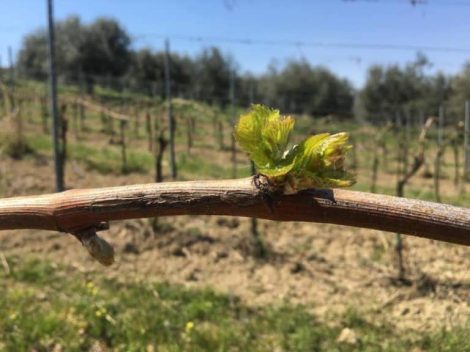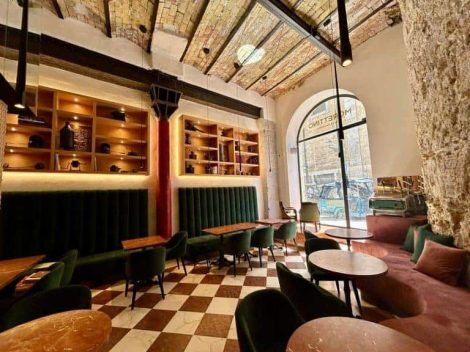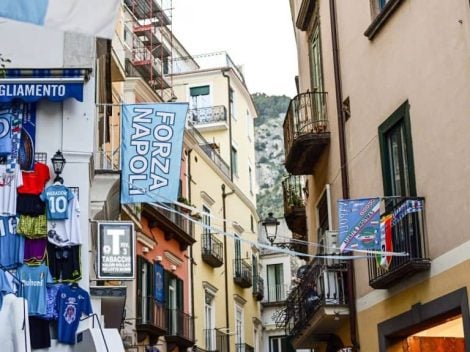Temperatures are rising up to 40 degrees, and it hasn’t rained for months. "Here we are cutting the grapes from 52-year-old pergolas to save them. I've never seen anything like this in 25 years. Last year we managed to limit the damage to about 20%, but this year if something doesn’t change, it looks bad," says Fausto Albanesi, winemaker and owner of the Torre dei Beati winery. A dry, hot year is severely testing Italian viticulture, a sign of something that has changed in the vineyards and the climate. "This situation started last year, with a spring full of rain from April to June. Then everything stopped, and a hot, dry period arrived. Recently, we did some deep soil excavations and found the soil completely dry and crumbled. This is coupled with a nonexistent winter and a dry autumn. In the mountains, snow fell three or four times but melted quickly due to the heat."
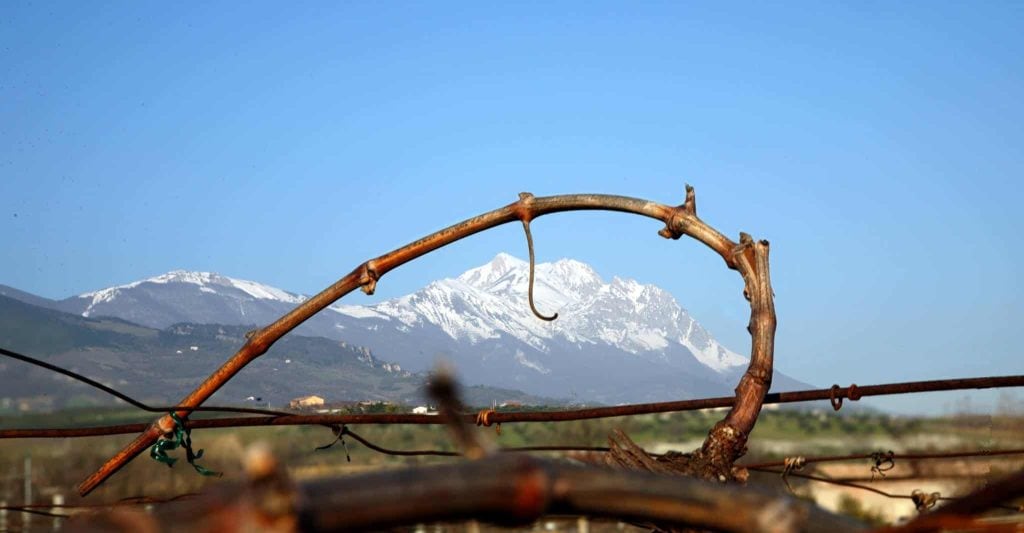
Emergency solutions
The effects of this condition are most felt in the vineyard, particularly in the old vines. "The worst is among the 52-year-old pergola-trained vines," says Albanesi. "These are vineyards with low planting density, with one vine every 2.5 meters, suffering terribly from the lack of water. They are on clayey soils with a 5% slope, which are not steep or well-drained, and retain water well. Despite the roots being 3 meters deep, they are in total distress." To save them, Albanesi is forced to reduce "the productive load." Even though clusters had formed on the plants, "we are cutting many of them off to give the vine minimal work. We had to take the same measure for younger vines as well."
A new, challenging scenario is emerging, highlighting how climate change and drought affect how plants are cultivated. "Using a barrel full of drinking water and a pressure pump, we go from plant to plant to 'inject' about ten litres at 20 centimetres depth in the soil. It’s like bringing water to the desert. I don’t know how effective it is because the roots of fifty-year-old vines draw water from 3 meters down, not 20 centimetres. But what else can we do? We don't have an irrigation system because these vines have never suffered, and even if we did, there would be no water."
Effects of climate change
"What’s frightening," he adds, "is that in other hot years like 2017, the plants held on, but this year it’s not going well at all. There’s also a really tough overall situation: being outside burns your eyes because it’s 40 degrees out. In the last 10 years, we’ve recorded a doubling of days with temperatures over 35 degrees." Saving what can be saved, responding quickly, and trying to limit the possible damage as much as possible. Yet, it’s not just a matter of climate, but also how viticulture is changing and must adapt year after year. "In 2022, the heat period at the end of July was eased with scattered showers, the plants recovered, and made it to October in good shape. We are used to hail and many obstacles, but even the oldest winemakers don’t remember anything like this." Viticulture has become very complicated. "We continue because we love it, for the passion, but many schemes have been disrupted for years, and everything has happened very quickly."
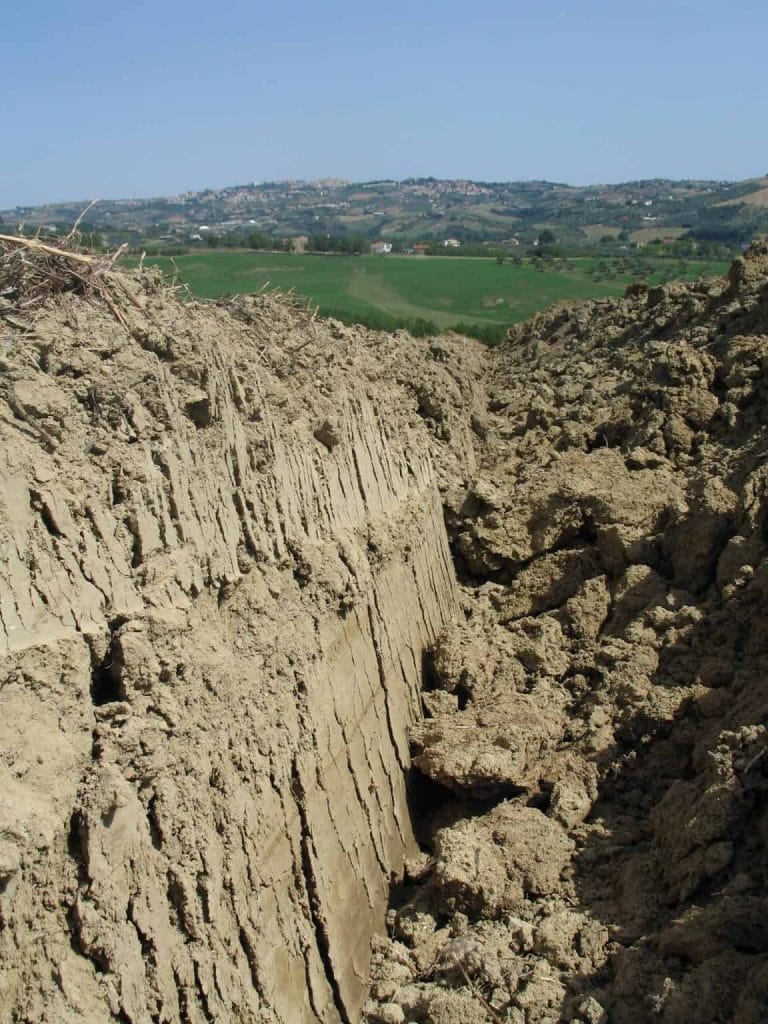
An uncertain future
In this context, some seek to take advantage. With little scruples and easy, cheap solutions that prey on people's nerves. "One thing I’ve noticed is that there are traders calling the company promising exceptional products against drought. I laugh and ask if they’re selling water. They offer products based on algae or other substances without scientific basis. It’s like the supplements some people take for the gym. The truth is that we lack water, the simplest and most important element." "What a tragedy," concludes Albanesi. "I don't like the word resilience, but we are trying in every way to resist. It’s too early to say how it will end, but I have images in my mind of those fifty-year-old plants I’ve never seen in such conditions, gasping for air."

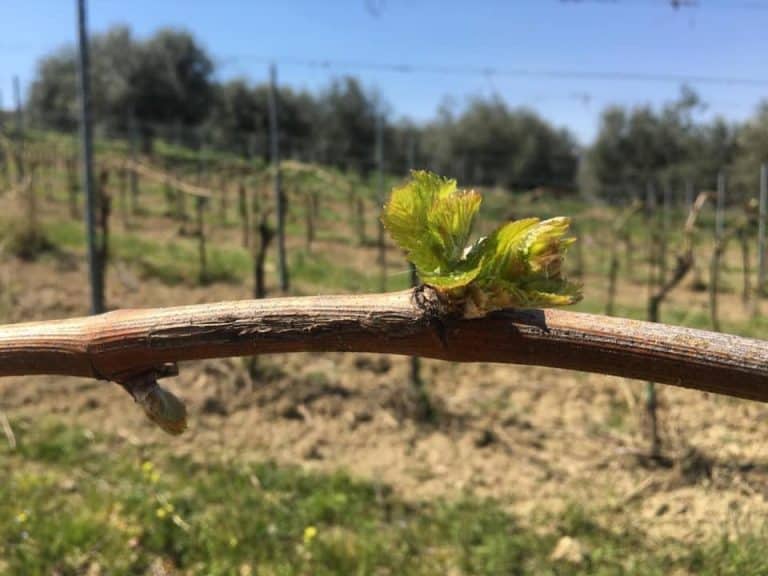
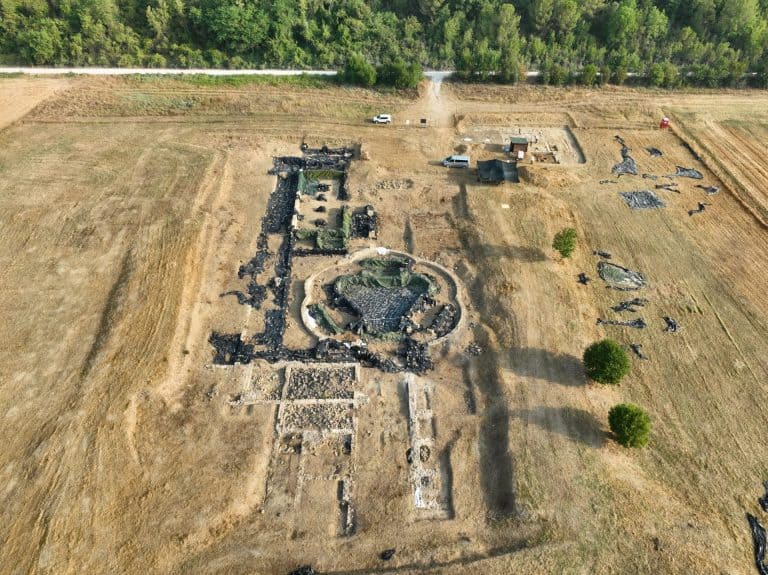 1,800-Year-Old wine cellar discovered in San Gimignano: here’s how wine was made in ancient times
1,800-Year-Old wine cellar discovered in San Gimignano: here’s how wine was made in ancient times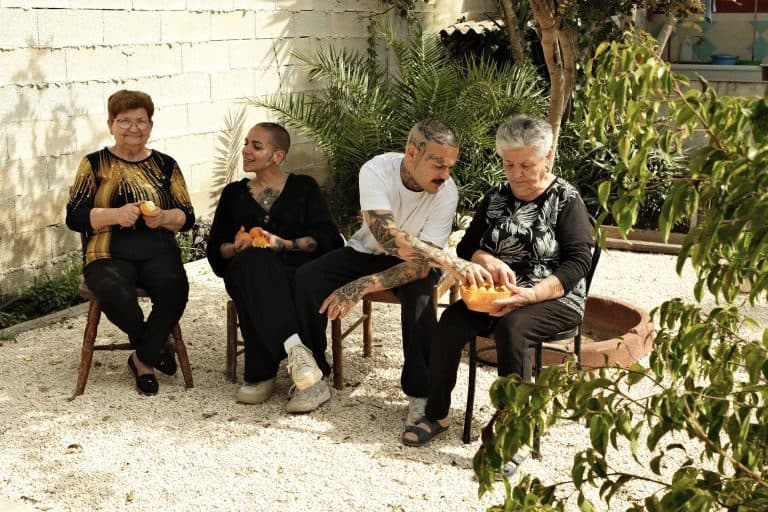 In Sicily, two young nomadic chefs cook around the Island with their mothers
In Sicily, two young nomadic chefs cook around the Island with their mothers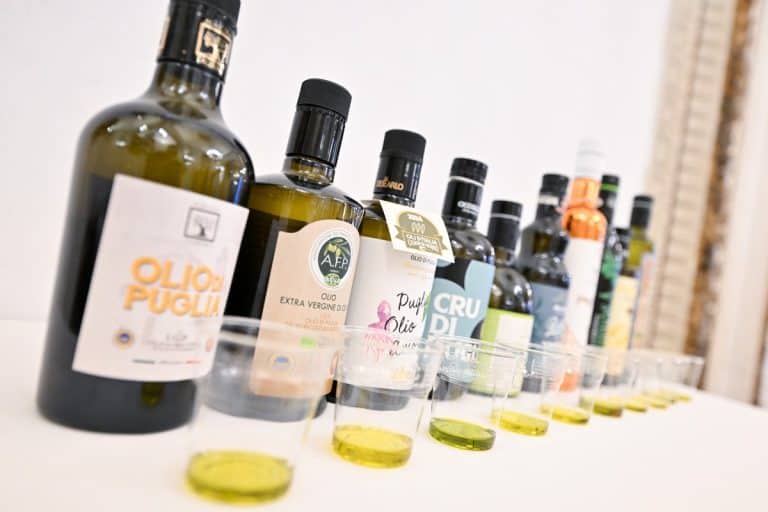 Rome meets the IGP Olio di Puglia: all the photos from the event
Rome meets the IGP Olio di Puglia: all the photos from the event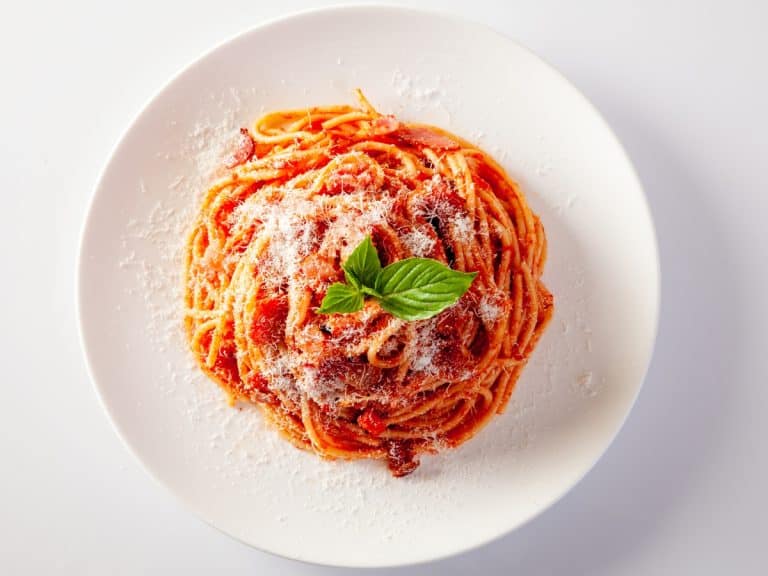 Spaghetti al Pomodoro, the dish the whole world envy us. The best wines to pair chosen by Gambero Rosso
Spaghetti al Pomodoro, the dish the whole world envy us. The best wines to pair chosen by Gambero Rosso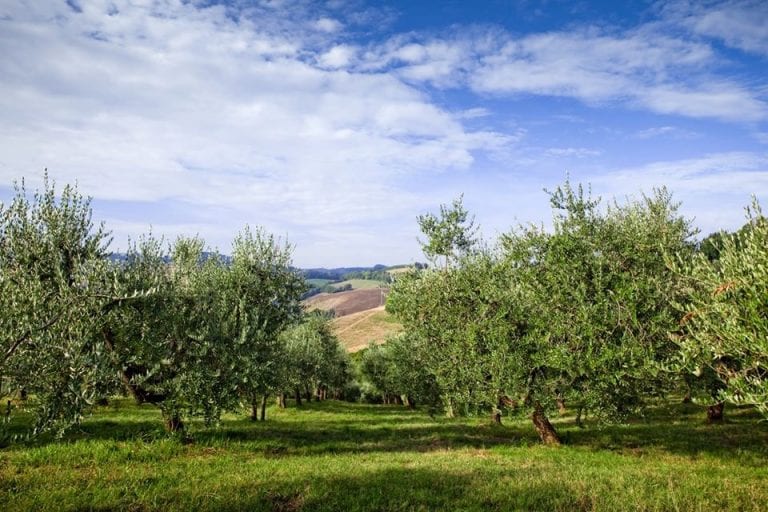 The best extra virgin olive oils from the Marche Region chosen by Gambero Rosso
The best extra virgin olive oils from the Marche Region chosen by Gambero Rosso